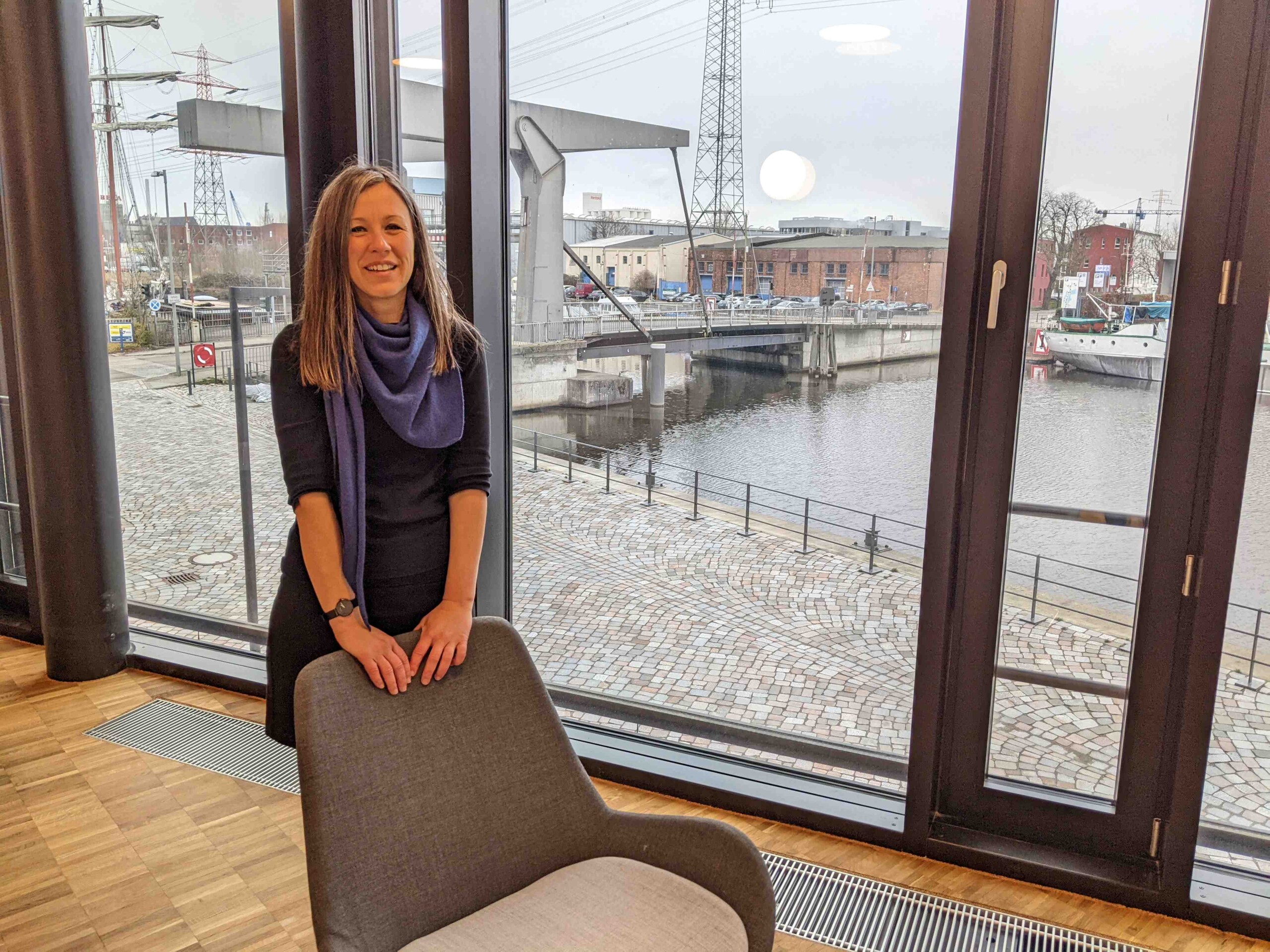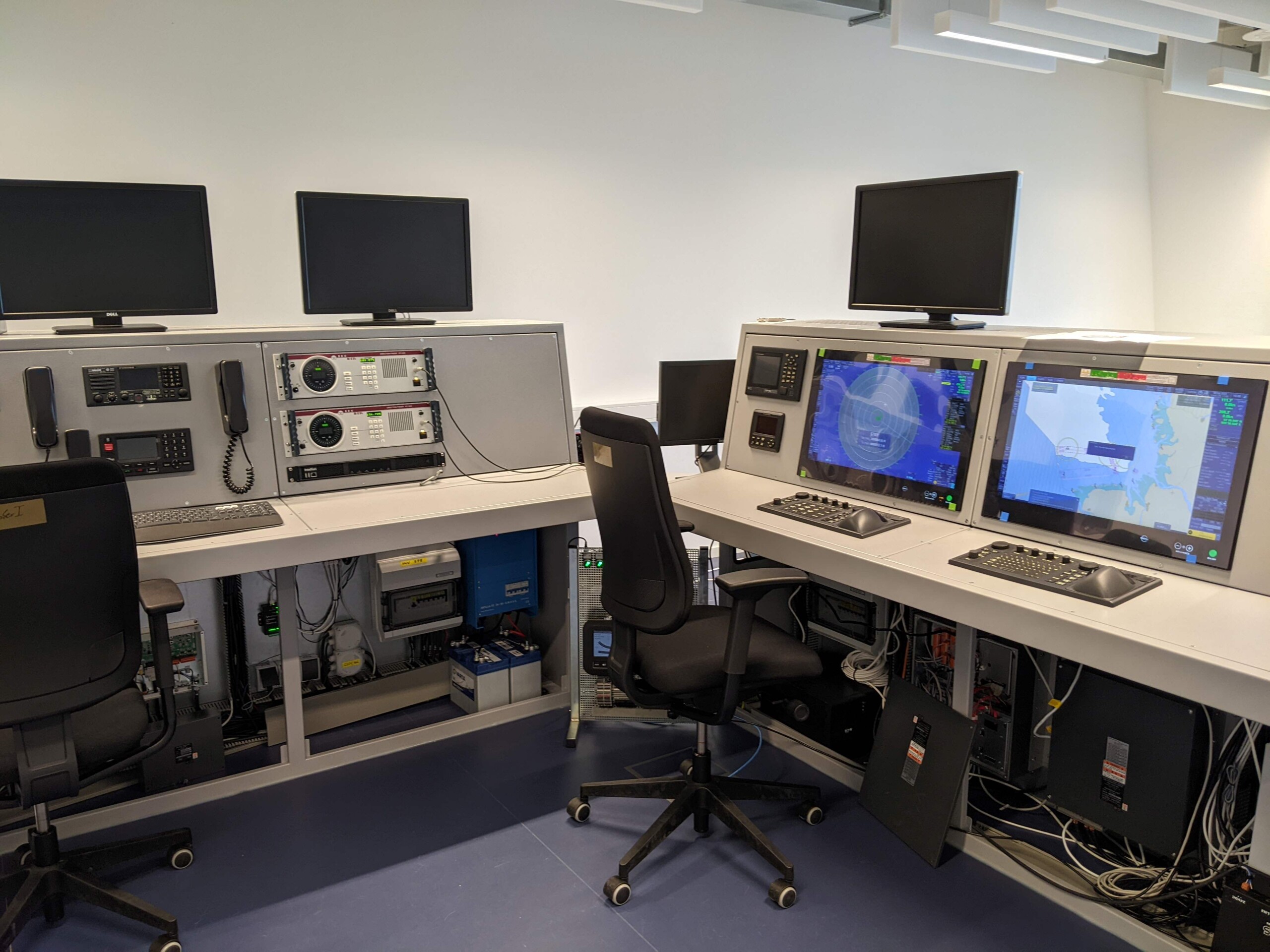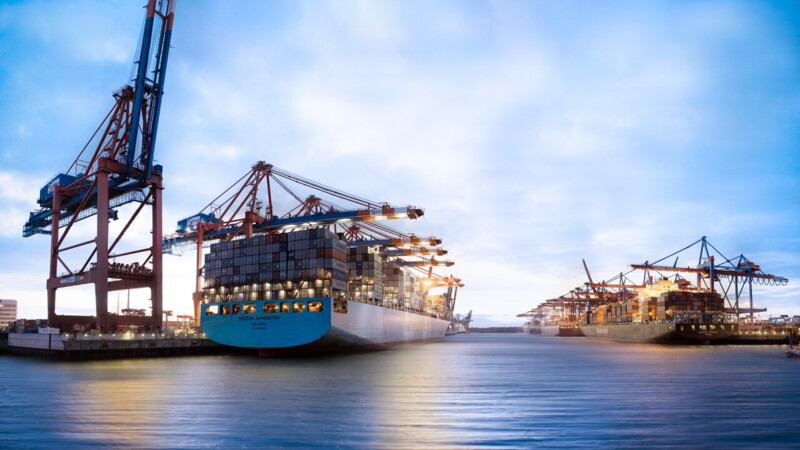The SCEDAS crew planning software consists of algorithms that solve real, complex, tasks swiftly. "Unlike data-based algorithms in artificial intelligence (AI), we work with mathematical presentations of a problem as an integer linear model and solve this using heuristic and hybrid methods that do not need to be trained with data sets," said Rizvanolli, who has worked at Fraunhofer CML since 2013 and studied Computer Science Engineering at the Technical University of Hamburg.
The shortage of skilled labour is proving a headache for shipping companies, according to PwC Germany’s report on shipping published last November. Thus, good personnel planning is all the more important. "In the past, that was frequently done manually and remains so in some cases. That's why we have developed a digital decision support system as part of the SCEDAS project," said Dr.-Ing. Anisa Rizvanolli, Team Leader Maritime Scientific Computing and Optimisation at the Fraunhofer Center for Maritime Logistics and Services CML in Harburg. The institute develops novel solutions for the maritime sector and its supply chain and helps various stakeholders to use future-oriented technologies and procedures.
Mapping problems mathematically

24/7 plan to cover all variables
Rizvanolli and her team take to the high seas to get a better understanding of life aboard a ship and to draft realistic work schedules. "Later, we input all our experiences into the algorithms." Good work schedules for seafarers hinge on on many different factors. "Basically, we ask how many seafarers with which qualifications are needed for a particular voyage. Naturally, a container ship on a liner service has different needs than a cruise ship or a tanker," said Rizvanolli, citing the Carnival Cruise Line, Columbia Shipmanagement and Bernhard Schulte Shipmanagement in Hamburg as SCEDAS' customers.
However, the basic requirement remains a 24/7 plan in which every position is filled. Each employee must have the right qualifications, and ideally younger employees benefit from the experience of older employees. The plan must address variables such as weather-related delays or crew absences due to illness, and take into account rest and holiday periods. "This is first and foremost a safety issue and is key to employee satisfaction. That is a top priority in the 21st century as there are fewer and fewer seafarers," said Rizvanolli. Fraunhofer CML's Personnel Planning 2.0 can be drafted for a full year. An on-board module updates the detailed schedules during the voyage depending on the situation.

Research into robotics and sustainability
“Digitalisation is now a key trend in the maritime industry," said Rizvanolli. The same applies to robotics and sustainability. And the International Maritime Organisation (IMO) is aiming for climate neutrality by 2050. CML conducts research into e.g., sustainable hydrogen logistics or possible applications for mobile, robotic systems in a port. Research into robotics is a top priority at CML and the autonomous systems are constantly improving. Autonomous robotic systems can prove a veritable support when it comes to filling out an order and transporting spare parts and tools, stocktaking, mapping and monitoring activities and even high-risk tasks. Spot, the robotic dog, was developed by Boston Dynamics and was presented by CML during the deep tech festival Homecoming homeport 2023. The walking robot can run, bend its knees and hop up and down almost like a dancer. Spot can also grasp and lift things and has proven its worth during model tests and in confusing, dangerous applications. Thus, the dog can significantly boost the safety of its human colleagues.
Radio and bridge laboratory at CML

CML's radio and bridge laboratory simulates disruptions and cyber-attacks to improve maritime cyber security. Given increased networking in the maritime sector, computers and servers, as well as radar and engine control systems on board ships are becoming easy prey for cyber attackers. Developing, testing and practising countermeasures is among the goals being pursued in the bridge lab. Maritime voice recognition is another objective. "That involves using artificial intelligence to transcribe radio messages," said Rizvanolli, adding: "Work on the bridge can be noisy because people from all over the world come together at sea, making for a polyglot of languages and dialects. Written radio messages are therefore a clear advantage." Another research approach is to use radio direction finding and algorithms to locate the sender of radio messages. "Knowing who sent what, where and when helps the responsible officers to act swiftly and with greater foresight," said Rizvanolli. All projects at CMLs are based on the same premise and to ultimately achieve smoother operations on board and ashore. Together, they should go a long way towards preparing the maritime sector for the future.
ys/pb
Sources and further information
More
Similar articles

Tests of robotic dog prove successful, says Hamburg Port Authority

Container transport at CTA now fully electric, HHLA says

Port to become "Sustainable Energy Hub Hamburg"
